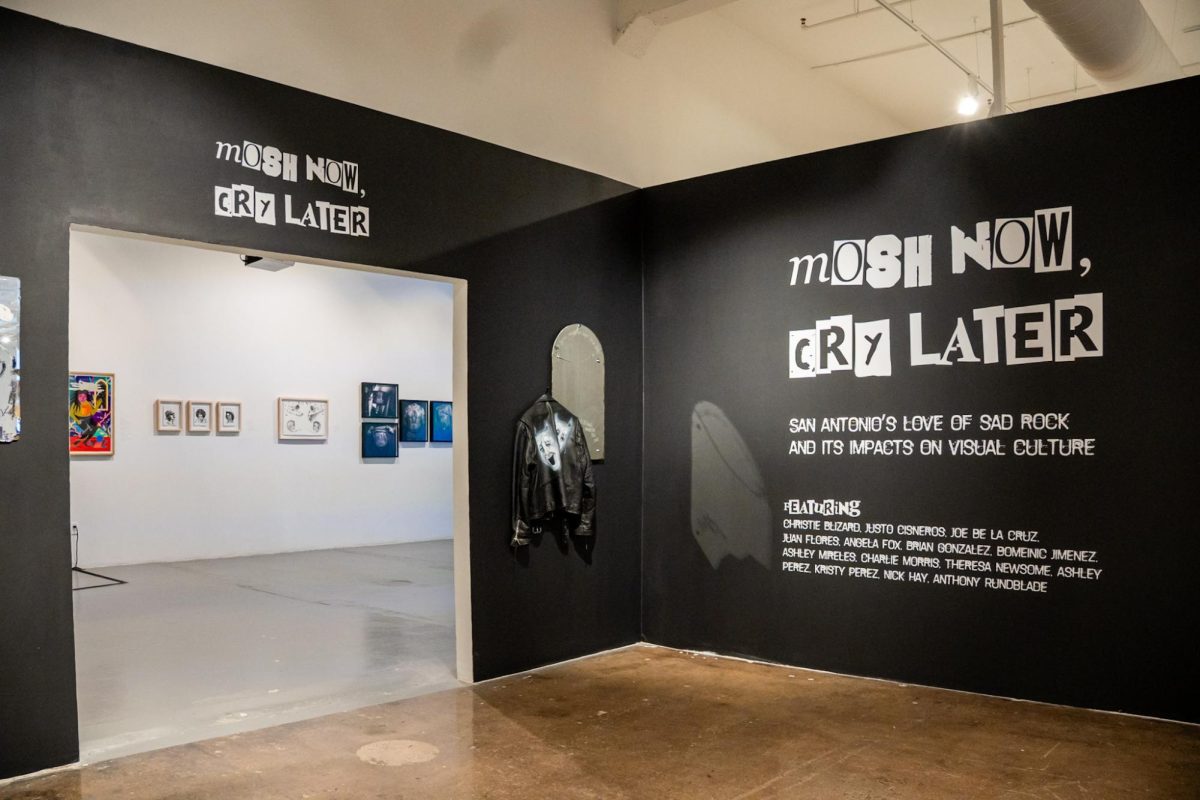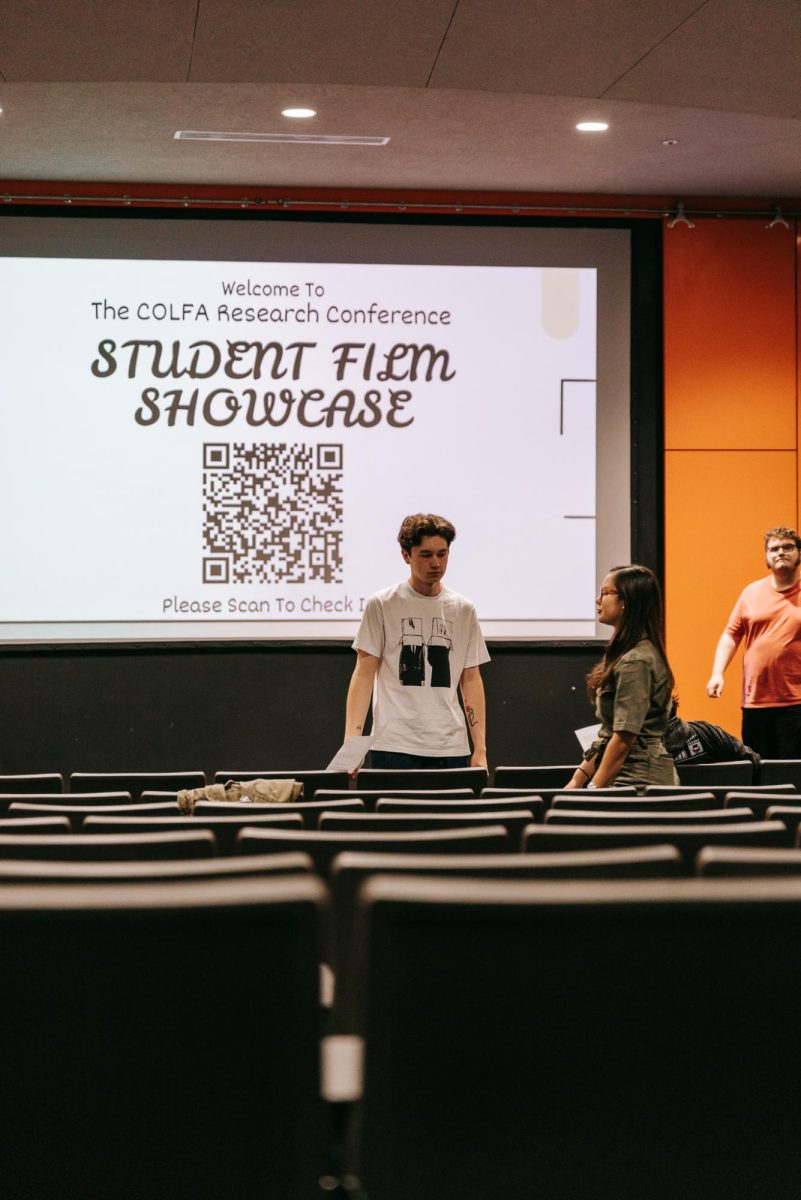Impending development near the UTSA area to change traffic, economy and landscape.
One developer is doing a little California dreaming near UTSA Main Campus. A 114-acre plot on UTSA Blvd, near the crossing of Loop 1604 and Interstate 10 has been tapped into by developers following a revival of mixed-use development in San Antonio, such as the Pearl Brewery.
Joey Lindsey, senior public health major and LUXX community assistant noticed changes across from where he lived.
“Not a lot has changed so far. As of right now, they’ve torn down many trees.” Lindsey said. “I’m excited as a resident to have more shopping and restaurants nearby, but it is more competition for where I live.”
Mixed-use development can potentially change how San Antonians commute and live. Unlike traditional new residential areas, mixed-use developments are pedestrian-friendly. These developments were common throughout the U.S. in the 1920s, but the arrival of the automobile as a primary means of transportation gave residents the incentive to move out of the city.
Mixed-use properties have experienced a revival since the 1980s, as developers seek new ways to use limited space in dense cities, while improving the quality of life and stimulating the economy.

In 2015, Austin-based developer Steve Sanders and California developer Rob Schumacher acquired the lot for $20.3 million dollars at a bankruptcy auction.
“From a helicopter view, it’s just a fabulous piece of property,” Schumacher said after the bankruptcy court hearing. “It just lends itself to a high-end development that everyone will like.”
The developers broke ground on Dec. 1 alongside Mayor Ron Nirenberg, Councilman Manny Pelaez and UTSA SGA President Marcus Thomas. Schumacher describes the $320 million project as a “master-planned community” titled, University Village.
“It is a 116-acre blank canvas to do a mixed use Legacy project that will stand the test of time,” Schumacher said. “The project will have three components; 1000 low density, modern apartments, 200,000 square feet of retail with a majority what I call local retail or retail from San Antonio only and 500,000 square feet of office, which I hope has a incubator component to tie in with UTSA, like I see at Stanford and the Stanford Research Park.”
Schumacher said students can expect to enjoy food, living and entertainment at University Village.
“We have met and constantly talked to the university. One aspect will be our entertainment tract that is on the trailhead that connects to UTSA via the trail,” Schumacher said. “We hope to promote people walking, biking and skateboarding to our entertainment tract for various options of entertainment, reasonably priced food and perhaps a beer garden if allowed.”
Schumacher is against large fast food chains appearing at University Village, but the California developer said he would make an exception for his local favorite, In-N-Out.
Dallas firm Provident Realty Advisors has been hired to help plan and develop the multifamily and retail portions of the community, located just east of campus. The project is expected to be open for business in five years.
When complete, University Village will join the ranks of San Antonio’s other master-planned communities—the Pearl Brewery being the most visible. These communities are carefully planned in an ad hoc fashion from their inception and are typically constructed in a green space.
The design plan aims for sustainability in a way which the needs of the present are met without compromising the ability of future generations to meet their own needs.
The process includes a joint deal with the City of San Antonio and University Village developers to expand UTSA Blvd to five lanes. The developers are covering the cost of three of the lanes and the city will pick up the cost of the other two.
“I think the highways will definitely open up more access to UTSA, though it’s two-fold.” Lindsey said. “I’d be worried it’ll create traffic around the area.”

To integrate the UTSA academic community, Schumacher suggested UTSA explore business incubator opportunities at the offices at University Village.
Business incubators are companies that help promote the growth of startup companies by offering services and innovative ideas. UTSA uses business incubators. The UTSA New Venture Incubator (NVI) program is focused on the translation from research to products and services.
“We would love to work with UTSA to set up something in our office component to promote university and commercial efforts for promoting ideas to commercial successes,” Schumacher said.
“This is an example of others recognizing UTSA’s growth and momentum. This project is also great because it contributes to the overall growth of the Northwest side,” Thomas said.
UTSA President Taylor Eighmy said he wants to meet with Sanders and Schumacher to better understand the plans for University Village.
“There are a number of things that they are considering about development over there. I’ve heard a couple of models of what it might be, but I haven’t heard from them directly,” Eighmy said.
UTSA is undergoing a master planning process of its own.
“Right now we are in the midst of hiring a master planner for our campus. We are interviewing four firms. It will help us figure out what to do with our Parkwest properties, Downtown Campus and what we’ll do with all the property we have (at Main Campus).” Eighmy said.
Eighmy described the development process as “very participatory.” Before developing he believes the entire community should be informed. Community associations, local business and other developers all affect what each other do.
“This whole process of master plan developing will unlock the door of conversation everyone needs to have. The more I’m in my job, the more I start hearing from developer XYZ who’s doing XYZ and wants to know what we’re doing,” Eighmy said.
There’s a lot of interest for Park West, (Main Campus) and Downtown Campus.
Developers like Sanders and Schumacher find mixed-use zoning a desirable business opportunity. It benefits San Antonio because these developments reduce the distance between housing, workplaces and general amenities.
These compact developments promote residents to support the market built around them. Instead of the extensive driving San Antonians are accustomed to, University Village residents and visitors can anticipate walkable, bike-able neighborhoods with their needs in close proximity. Time will tell if University Village will meet these mixed-development standards.
“We hope our development will be recognized as responsible development,” Schumacher said. “We have attempted to design a modern, progressive lower-density project that people will want to live, work and play in because it is well thought out, esthetically pleasing and promotes open space and access on the trailhead.”









